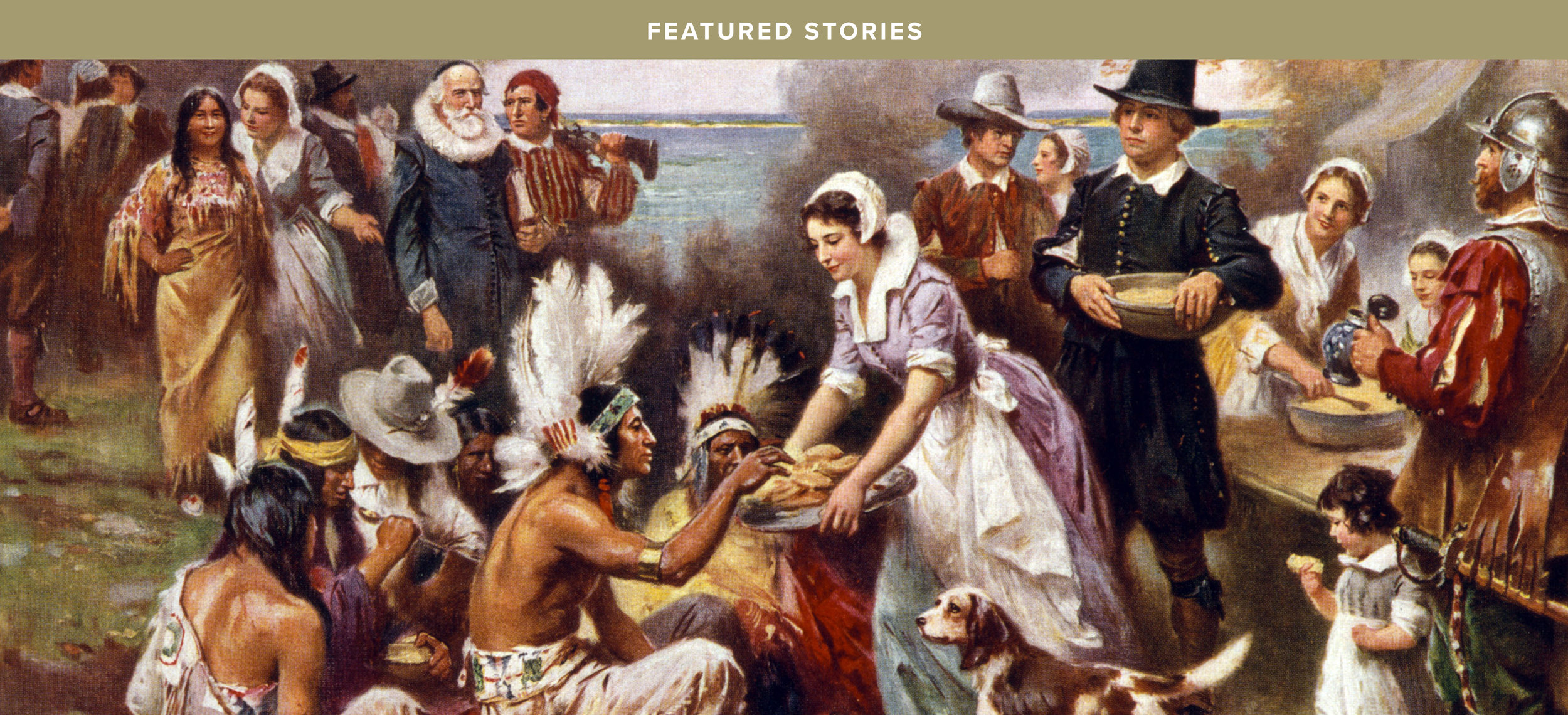The Miracle of the Nuns
In November 1950, three nuns found themselves in the Arctic Circle, in a Russian gulag (or prison camp) named Vorkuta. Found guilty of proclaiming the gospel of Christ, they were assigned to work in a plant there that made bricks.
Chapter 18 of the book of Wisdom recalls another prison camp, where Hebrew slaves made bricks for their Egyptian masters. But it also recalls that the Lord, a fierce warrior, bore into the doomed land the sharp sword of his inexorable decree, filling every place with death (Wisdom 18:14-16).
No one saw Vorkuta as doomed, and death already filled it; more prisoners died there than in Auschwitz. Further, no one had mistaken the nuns for fierce warriors, but perhaps they knew a different art of war. All the camp’s commandant knew was that these nuns were troublesome. They refused to work, claiming that anything they did to support Communism was tantamount to working for the anti-Christ.
Dead nuns make good martyrs but poor slaves, so the commandant did not want them killed; he wanted them to change their minds. After various ghastly tortures failed, he had an idea; if he couldn’t change their minds, then perhaps the Arctic winter would. He commanded that the nuns be brought outside every day for 8 hours and forced to watch the other women work.
The first day, the guards led them to the top of the windy hill below which the women worked. In the bitter cold, the nuns knelt and prayed. The next day, their gloves and hats were taken away; again, the nuns knelt and prayed. The third day, their scarves were removed; just as before, the guards returned after 8 hours to find them once again kneeling in prayer. Not only were the nuns very much alive, they had no trace of frostbite at all. Word spread throughout the entire camp about the miracle of the nuns. The next day, the guards refused to take them out again and the commandant ordered them to be left alone; these nuns had some sort of power over which he had no control. They never worked a day of their sentence. Awhile later, in 1953, the entire camp followed suit. Their refusal to work led to the gulag of Vorkuta being declared a failure. The myth of Soviet invincibility suffered a blow from which it would never recover.
No one reported that a cloud had overshadowed the gulag; then again, perhaps no one asked those three little nuns. Like the Hebrew slaves long before them, they were preserved unharmed, sheltered by the hand of the One to whom they prayed. And like the Egyptians before them, the Soviets could only stand by helplessly and behold the stupendous wonders of God.
In the parable of the unjust judge Jesus exhorts us to pray always without becoming weary (Luke 18:1). Even as unjust a judge as the commandant of Vorkuta was powerless when confronted with the faith of the three little nuns who understood the power of persistent prayer.
Persistence in prayer does not test God’s patience or change his mind; rather, it tests our faith and changes our attitude. Through his life and the Scriptures he has given the world, Jesus has told us that God loves each of us with a love beyond our understanding and knows our needs before we ask. That being so, God wants our prayer to consistently express the trust we have in him and his providence; that is the faith that Christ wants to find upon his return.
We will have reached perfection in prayer when it expresses the same total abandonment to God as that of Jesus when he prayed to his Father, not my will but Thy will be done (Luke 22:42).







